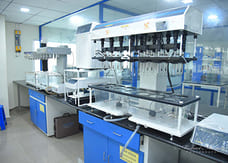


Research chemicals are chemical substances used by scientists for scientific research and development purposes. Research Chemicals are produced by Custom Synthesis Methods.One characteristic of a research chemical is that it is for laboratory research use only; a research chemical is not intended for human or veterinary use.
Research chemicals are chemical substances used by scientists for scientific research and development purposes. Research Chemicals are produced by Custom Synthesis Methods.One characteristic of a research chemical is that it is for laboratory research use only; a research chemical is not intended for human or veterinary use.
The four main types of research chemicals are as follows.
The remainder: Drugs do not belong to the above-mentioned three categories.